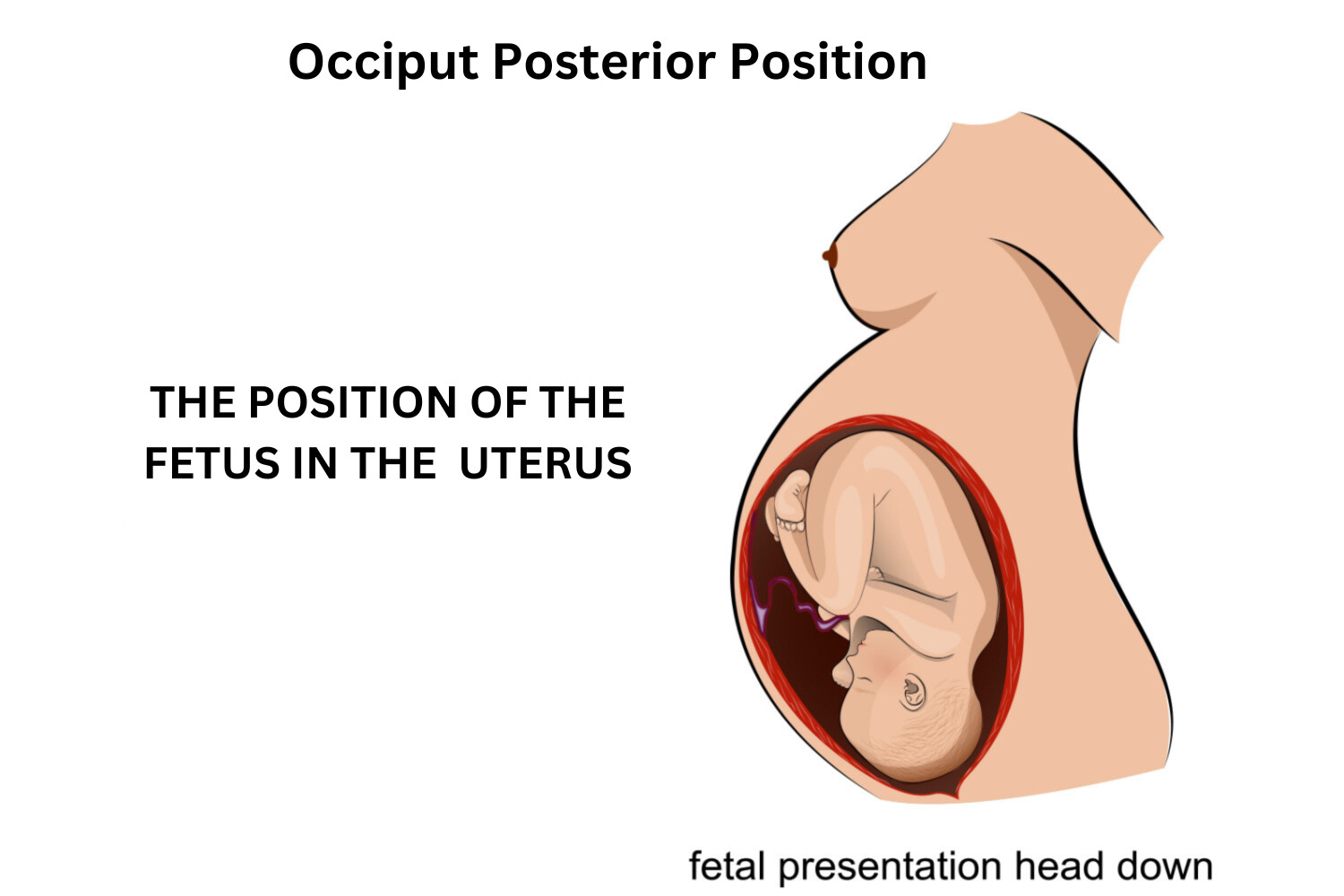
The term “occiput posterior position” refers to how your baby’s head is positioned during labor. Ideally, we hope for the baby’s head to be facing the mother’s spine, a position known as occiput anterior. It’s like the perfect alignment for a smooth dance through the birthing process.
However, in some cases, the baby’s head may decide to take a different direction and face towards your back, termed occiput posterior. Understanding the implications of the occiput posterior position is a valuable part of your birthing experience. I want to assure you that while this positioning may introduce some challenges, it’s nothing that can’t be navigated.
In This Article
- What Does Occiput Posterior Position Mean?
- What Could Be the Complications of a Posterior Labor?
- Can an OP Position Affect Labor?
- What Causes a Baby to Get Into Occiput Position?
- How is the Occiput Posterior Position Diagnosed?
- Tips to Help You Manage and Prevent Occiput Posterior Position
- When to See a Doctor?
- FAQ’s
What Does Occiput Posterior Position Mean?
When your baby is ready to be born, the ideal position for them to be in is head down, facing your spine, and with their back against your abdomen [1]. Some babies lie with their heads down, facing the mother’s abdomen rather than the spine [1a] This is referred to as the occiput posterior (OP) position, sunny-side up position, or back-to-back position in the womb.
What Could Be the Complications of a Posterior Labor?
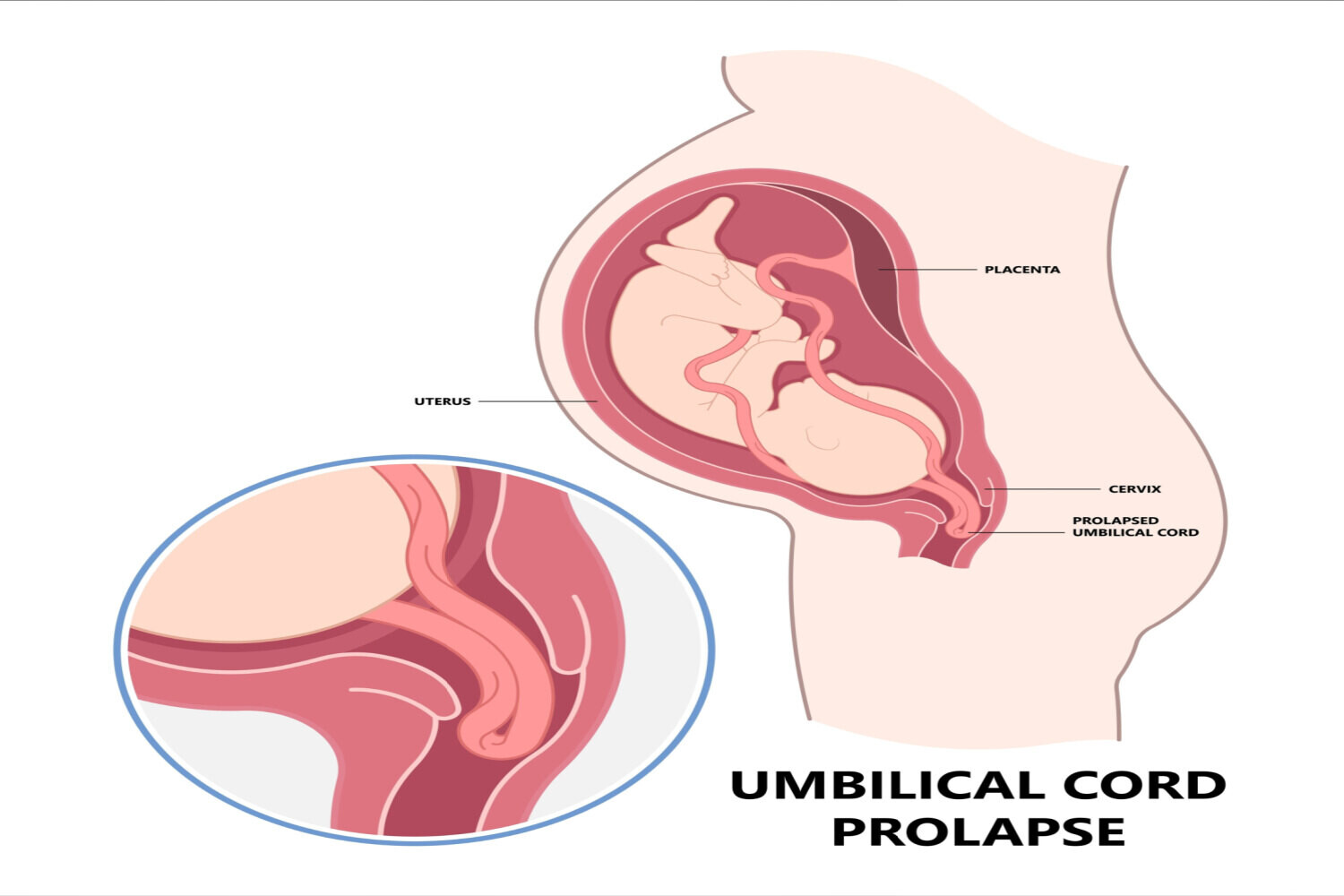 Childbirth, a miraculous journey, can present unique challenges when the baby assumes the occipito posterior position during labor. Beyond the anticipated risks of prolonged labor and an increased likelihood of instrumental delivery, several complications [2] may arise, impacting both the mother and newborn
Childbirth, a miraculous journey, can present unique challenges when the baby assumes the occipito posterior position during labor. Beyond the anticipated risks of prolonged labor and an increased likelihood of instrumental delivery, several complications [2] may arise, impacting both the mother and newborn
1. Prolonged Labor
Posterior labor is linked to longer labor durations.
2. Obstructed Labor
This happens when the baby’s head is positioned awkwardly, causing it to get stuck in the pelvis. Due to the situation’s intricacy, cautious management is required
3. Maternal Trauma
Forceps delivery, a common intervention, can lead to bruising and trauma in the perineal area. Undiagnosed occipito posterior position increases the risk of a more severe third-degree tear, underscoring the significance of precise positioning assessments.
4. Postpartum Hemorrhage
There’s a higher risk of excessive bleeding after childbirth.
5. Chorioamnionitis
Inflammation of the fetal membranes is a potential complication.
6. Cord Prolapse
A baby’s high head position can lead to early breaking of the water, and when combined with an improper presenting part, it may result in the umbilical cord slipping down before the baby during labor.
7. Neonatal Morbidities
A low APGAR score indicates potential concerns with the newborn’s well-being, while newborn encephalopathy signals abnormal brain function. If needed, admission to the Neonatal Intensive Care Unit (NICU) provides specialized care for the infant.
Can an OP Position Affect Labor?
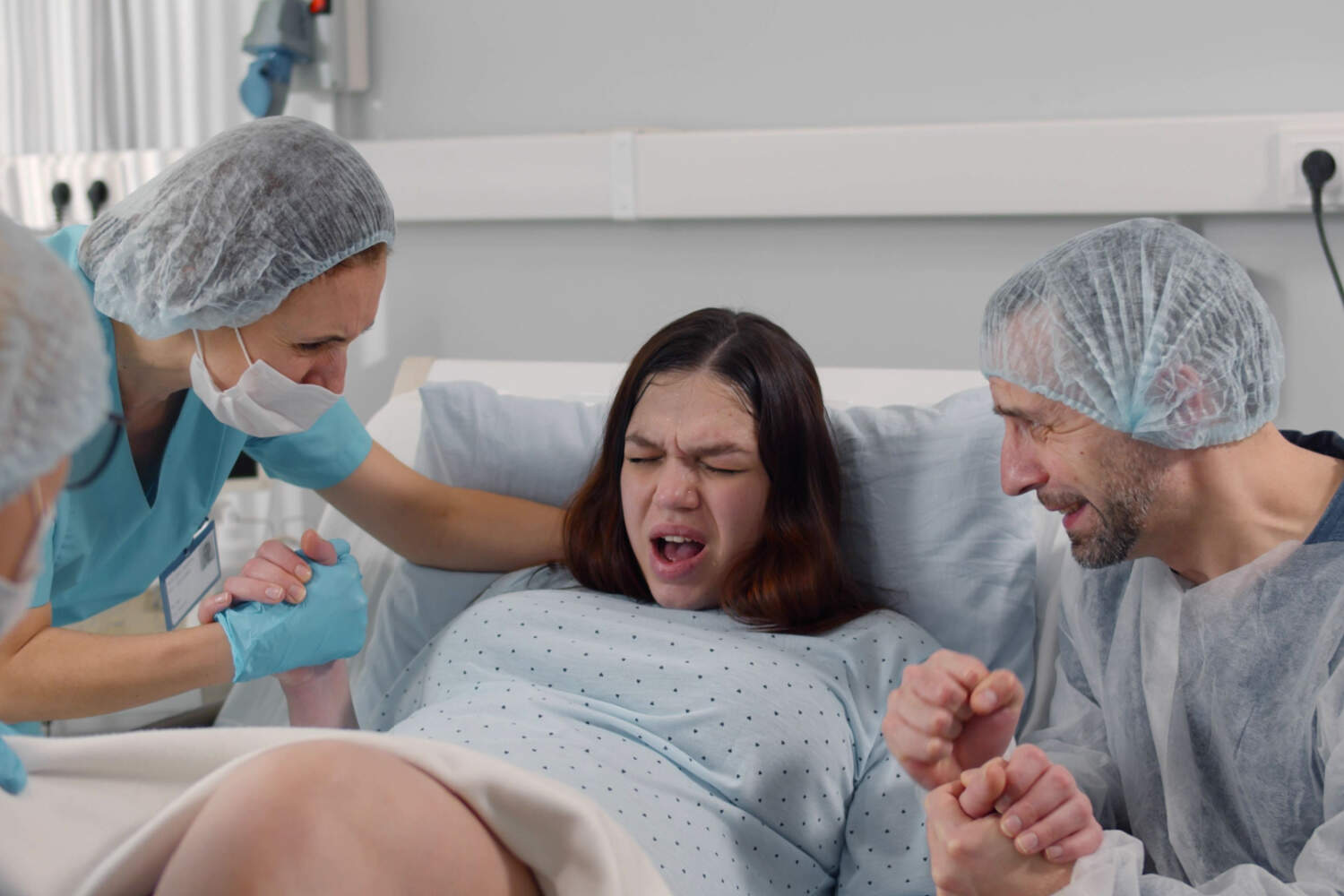
In the intricate dance of childbirth, babies in the occiput posterior position, facing their mother’s abdomen, may gently press their tiny heads against the maternal sacrum or tailbone. This pose introduces challenges such as [3]
- Back pain
- Increased likelihood of interventions [instrumental delivery, C-Section]
- Risk of tears
- Rhythmic extension of labor often calls for an episiotomy
However, not all labors with the occiput posterior position unfold a medley of difficulties, as many newborns gracefully twirl into more favorable positions, navigating the ups and downs of labor, uniquely.
What Causes a Baby to Get Into Occiput Position?
Ever wondered why babies like to settle into the occiput position? It’s like decoding their favorite spot for the big arrival. Let’s dive into the simple secrets behind it! [4]
- Primiparity (First-time mothers)
- Maternal age ( ≥ 35 )
- Maternal obesity (BMI ≥ 30 kg/m²)
- Previous occipito posterior delivery
- A heart-shaped or an oval-shaped pelvis
- Prolonged pregnancy (Beyond 41 weeks)
- Anterior placenta (The attachment of the placenta to the front of the uterus)
- Malnutrition with pelvic deformities
- Pelvic immaturity in adolescent pregnancies
How is the Occiput Posterior Position Diagnosed?
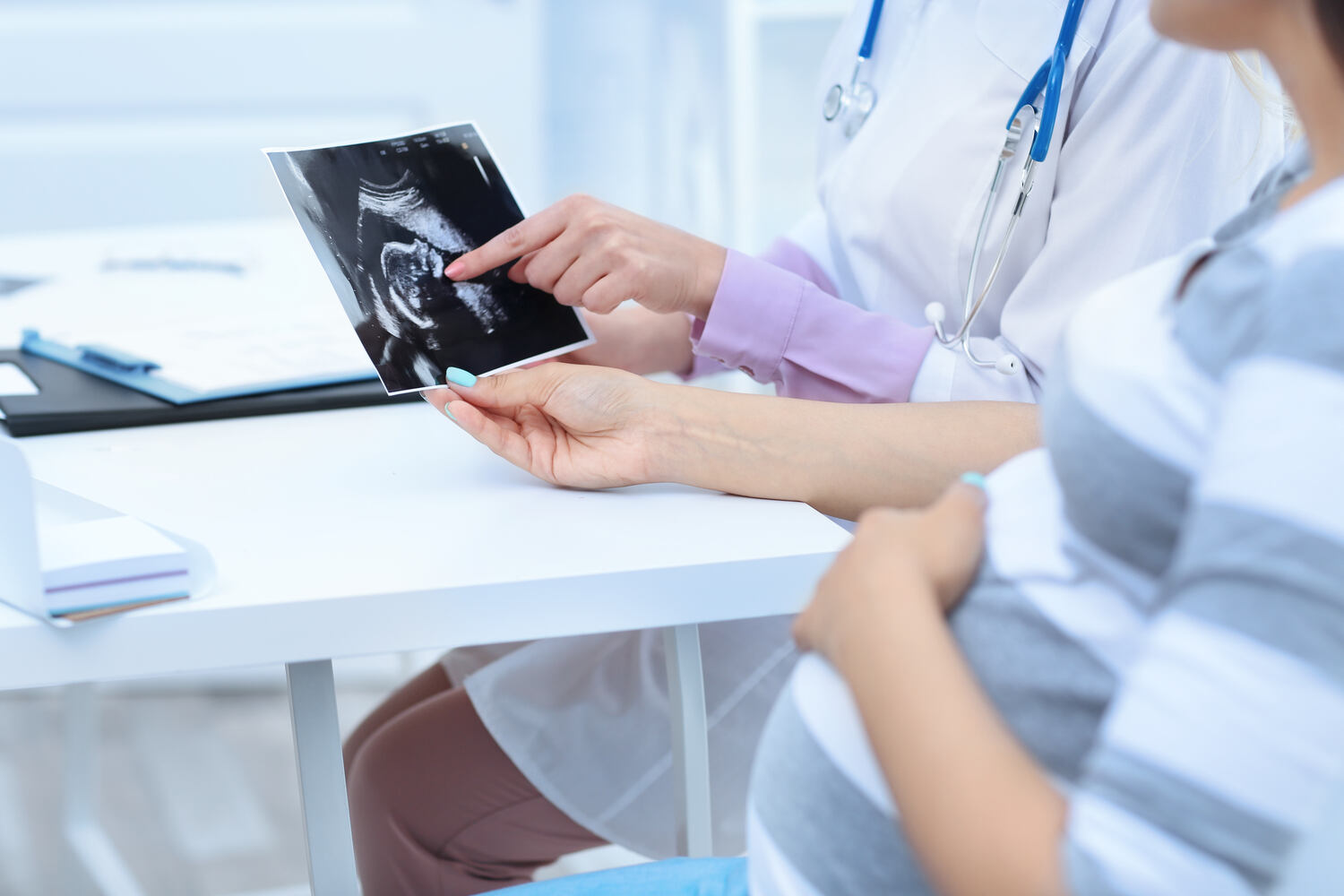
Diagnosing the occiput posterior position is like discovering how your baby is gearing up for the big arrival. With regular check-ups and ultrasound magic, we can ensure a smooth birth. [5]
1. Abdominal Palpation
Healthcare providers assess the baby’s position by feeling the mother’s abdomen.
2. Vaginal Examination
A pelvic exam is conducted to determine the station and engagement of the baby’s head.
3. Ultrasound
Real-time imaging provides visual confirmation of fetal presentation and position.
Tips to Help You Manage and Prevent Occiput Posterior Position
The baby’s positioning during labor plays a crucial role in the birthing process. The occiput posterior (OP) position, where the baby’s head is down but facing the front side of the mom, may pose challenges. But fear not! Simple exercises and practices [6],[7], [8], [9] can be employed to prevent this and encourage the baby to adopt a more favorable position, ensuring a smoother labor experience. Some Exercises and tips to the Rescue are:
1. Stay Active
Take regular walks during pregnancy.
2. Rock That Pelvis
Try rocking on your hands and knees daily.
3. The Puppy Pose
Spend an hour a day in the knee-to-chest position.
4. Sleep Wisely
Sleep wisely by lying on your left side with your right leg at a 90-degree angle and pillows supporting you.
5. Birth Partner Support
Partners, you’re the real MVPs! Lean on them, literally. A pain-alleviating, massage-providing, supportive partner in crime.
6. Scrub a Dub
Get down on your hands and knees to scrub the floor regularly.
7. No Squatting Yet
Avoid squatting until you’re sure the baby is in the right position.
8. Warm Bath Magic
Relax in a warm bath and express happiness about your baby’s arrival.
9. Talk to Baby
Communication matters; ask your baby to turn to a better position.
10. Kneeling on a Birth Ball
Dive into labor with this ball-tastic posture! Back pain? Not a chance! This pose is your contractions’ friendly companion.
11. Leaning Forward Postures
Say goodbye to back pressure—just lean, rotate those hips, and speed up the labor dance.
In the labor saga, these postures and partner antics turn discomfort into a dance, making the journey to childbirth a joyful rhythm! Remember, these simple moves can make a difference, but always check with your healthcare provider before trying new exercises. Each pregnancy is unique, and personalized advice ensures a smoother journey for both mom and baby!
When to See a Doctor?
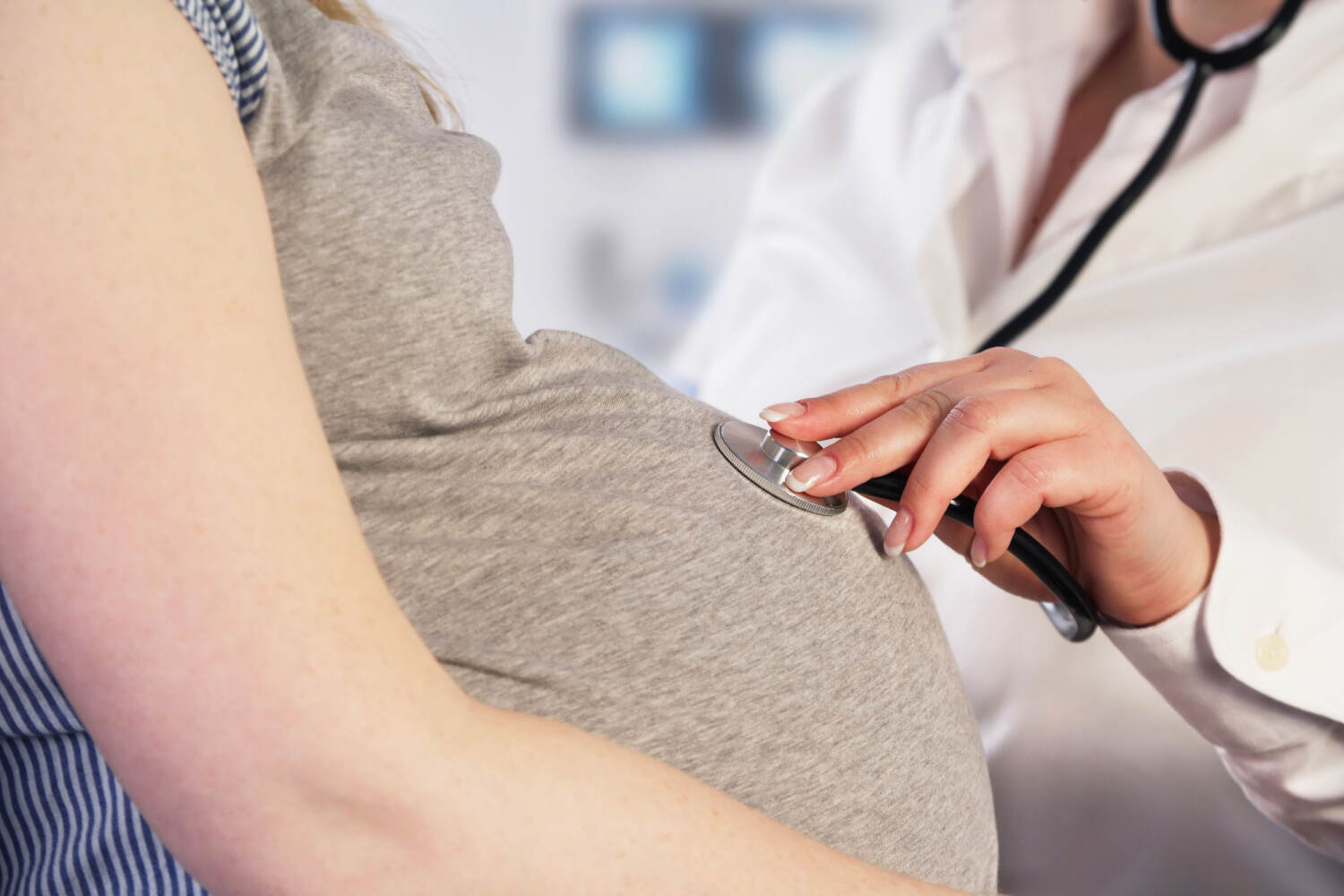
If you suspect or are informed that your baby is in the occipito-posterior position, consider reaching out to your healthcare provider in the following situations:
1. Persistent Back Pain
If you’re experiencing intense and persistent back pain, especially in the lower back, consult your doctor.
2. Increased Pain or Discomfort
Sudden increases in pain or discomfort should prompt communication with your doctor.
3. Seek Immediate Medical Attention
Seek immediate medical attention if you notice any bleeding.
In a nutshell, dealing with Occiput Posterior Position can be a challenge, but with the right care and a positive mindset, delivering a healthy and happy baby is doable. Early detection is key. Detecting the occipital posterior (OP) position early in labor is vital for minimizing potential issues and interventions.
While spontaneous fetal rotation to the anterior position often occurs during labor, early identification allows healthcare providers to implement timely strategies for optimal positioning and safer deliveries.Cheers to your exciting adventure into parenthood!
FAQ’s
1. Can a Baby Be Born in the Occiput Posterior?
Yes, Encouraging natural rotation through movement helps guide the baby into an optimal position during labor. While forceps or vacuum devices may assist if needed, persistent occiput posterior (OP) positioning slightly increases the chance of opting for a cesarean delivery. Healthcare providers consider these factors carefully to prioritize safety and the well-being of both mother and baby.
2. Does the Occiput Posterior Position Cause Pain?
Labor is naturally painful, and the occiput posterior position can make back pain worse, but not everyone feels the same. If labor pain is intense or persistent, talking to healthcare providers for personalized guidance and potential relief is essential for a more comfortable birthing experience.
References
- Delivery presentations: MedlinePlus Medical Encyclopedia – [https://medlineplus.gov/ency/patientinstructions/000621.htm#]
- Complications of Posterior Labor –
[https://www.ncbi.nlm.nih.gov/pmc/articles/PMC4436169/] - The Impact of Maternal Position in Labor on Occiput-Posterior Position of Fetus and Pregnancy Outcomes in Pregnant Women Without Epidural Analgesia (PMC) [https://www.ncbi.nlm.nih.gov/pmc/articles/PMC10397531/]
- Factors affecting rotation of occiput posterior position during the first stage of labor – [https://www.sciencedirect.com/science/article/abs/pii/S2468784717302702]
- Occiput posterior position diagnosis: vaginal examination or intrapartum sonography? A clinical review – [https://pubmed.ncbi.nlm.nih.gov/23865738/]
- Tips: how to get your back-to-back baby into position for birth | Labour & birth articles and support | NCT – [https://www.nct.org.uk/labour-birth/getting-ready-for-birth/tips-how-get-your-back-back-baby-position-for-birth]
- Maternal positioning to correct occiput posterior fetal position during the first stage of labour: a randomised controlled trial –
[https://www.ncbi.nlm.nih.gov/pmc/articles/PMC5132127/] - Maternal positioning to correct occipito-posterior fetal position in labour: a randomised controlled trial | BMC Pregnancy and Childbirth –
[https://bmcpregnancychildbirth.biomedcentral.com/articles/10.1186/1471-2393-14-83] - Back Labor –
[https://americanpregnancy.org/healthy-pregnancy/labor-and-birth/back-labor/]

